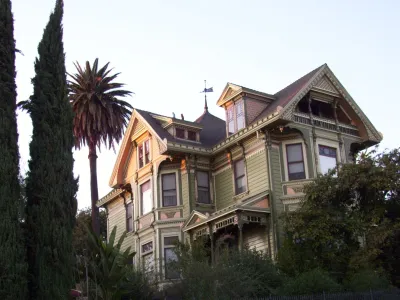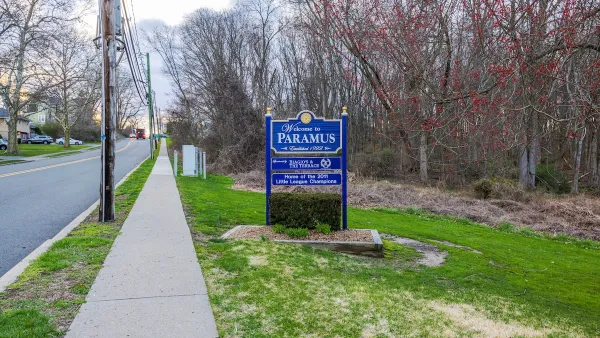A Los Angeles affordable-housing developer says the industry needs to focus more on keeping existing housing affordable.

As California’s governor pushes to streamline affordable housing projects and an upcoming L.A. ballot measure incentivizes affordable units in new developments, it's clear that many approaches to the state’s housing crisis have one thing in common: Their main concern is to create new housing.
But while production is necessary, it’s not the only way to increase the supply of affordable housing—nor is it necessarily the most efficient, one developer argues.
It could take years for California to rebuild its capacity to produce housing on a meaningful scale. In the meantime, John Given says, "We can have an immediate and long-term impact on housing affordability using the rental housing that already occupies much of our cities."
Given is vice chair of LINC Housing, a non-profit affordable housing developer. He has an ambitious vision: In the next 10 years, he hopes to see 20 percent of the rental housing in Los Angeles County operated by social investors with the mission of keeping it affordable or making it that way.
The proposal, in essence, works like this: A social investor buys an operating rental building and charges a mix of affordable and market-rate rents. Over time, tapping into social equity and various sources of public funds, they gradually convert every unit in the building to affordability.
Given elaborates on this business model in The Planning Report, where he also calls on state leaders to direct more funding to this purpose.
"Most operating housing stock is safe, decent, sanitary, and habitable—and a large portion of it is operated at below-market rates," he says. "Shouldn’t a significant portion of dedicated affordable housing funds be prioritized to ensure these units remain affordable?"
FULL STORY: Affordable Housing’s Elephant In The Room: Operating and Preserving Multi-Family Housing

Analysis: Cybertruck Fatality Rate Far Exceeds That of Ford Pinto
The Tesla Cybertruck was recalled seven times last year.

National Parks Layoffs Will Cause Communities to Lose Billions
Thousands of essential park workers were laid off this week, just before the busy spring break season.

Retro-silient?: America’s First “Eco-burb,” The Woodlands Turns 50
A master-planned community north of Houston offers lessons on green infrastructure and resilient design, but falls short of its founder’s lofty affordability and walkability goals.

Test News Post 1
This is a summary

Analysis: Cybertruck Fatality Rate Far Exceeds That of Ford Pinto
The Tesla Cybertruck was recalled seven times last year.

Test News Headline 46
Test for the image on the front page.
Urban Design for Planners 1: Software Tools
This six-course series explores essential urban design concepts using open source software and equips planners with the tools they need to participate fully in the urban design process.
Planning for Universal Design
Learn the tools for implementing Universal Design in planning regulations.
EMC Planning Group, Inc.
Planetizen
Planetizen
Mpact (formerly Rail~Volution)
Great Falls Development Authority, Inc.
HUDs Office of Policy Development and Research
NYU Wagner Graduate School of Public Service




























